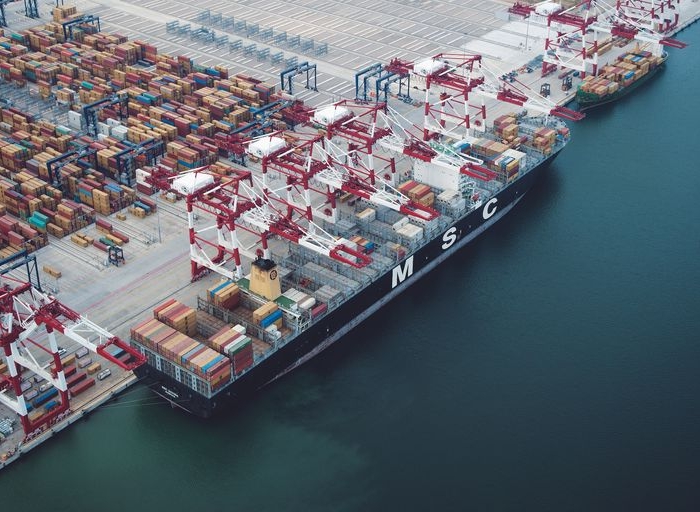Work has begun to prepare the Tuam site in County Galway for the excavation of what is believed to be the burial place of nearly 800 children who died while in the care of a former mother and baby home.
On Monday, crews began securing the area—now located within a housing development—before excavation efforts officially begin on 14 July. The site is connected to a tragic chapter in Ireland’s history, involving religious institutions where unmarried women and girls were sent to give birth, often under harsh conditions.
Local historian Catherine Corless brought the Tuam case to national attention after extensive research revealed the names of 796 children believed to have died at the home between 1925 and 1961. Many of the bodies are thought to have been buried in a disused underground sewage tank. No official burial records exist.
“It’s heartbreaking how many babies and young children were simply discarded here,” Corless told Agence France-Presse.
Her findings prompted a state-led investigation into the broader system of mother and baby homes, which operated for much of the 20th century under religious oversight and with government approval. These institutions frequently acted as both maternity facilities and adoption centers, but were also known for widespread mistreatment, social stigma, and high infant mortality.
A formal state apology was issued by the Irish government in 2021, following the release of the Commission of Investigation’s report.
Temporary fencing now surrounds the Tuam site as teams begin the first phase of work, expected to last four weeks. The project is complicated by the fact that the area was previously a workhouse, and may also contain remains of people who died during the Great Famine of the 19th century.
Daniel MacSweeney, who is leading the excavation, advises that the site poses a significant challenge. “We are dealing with infant remains in a large area, and in parts of the site like the memorial garden, some of the burials are co-mingled,” he said.
The legacy of mother and baby homes has cast a long shadow over Irish society. In 2017, then-Taoiseach Enda Kenny described the revelations from Tuam as akin to “a chamber of horrors.”



